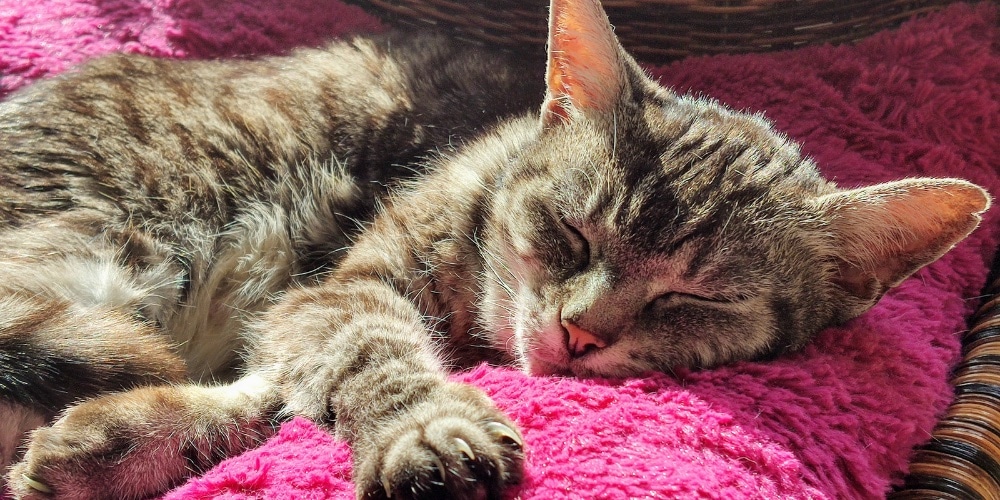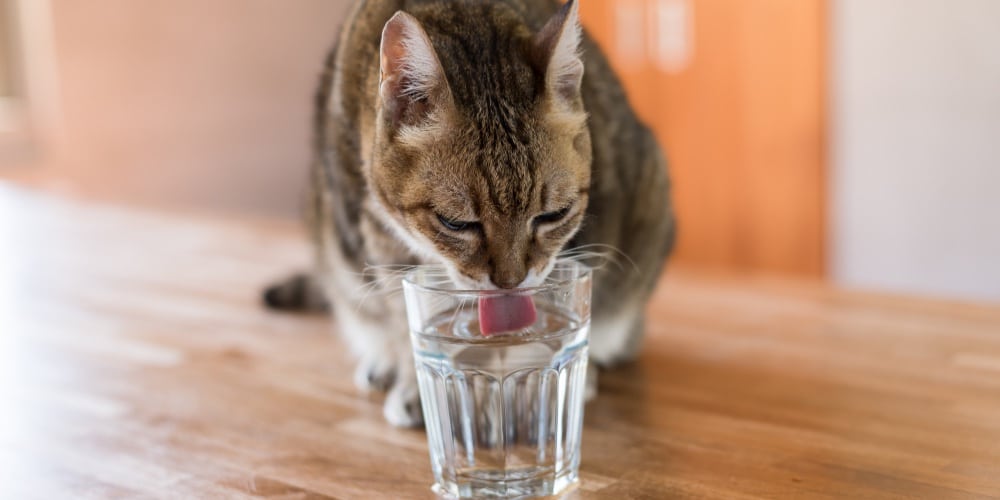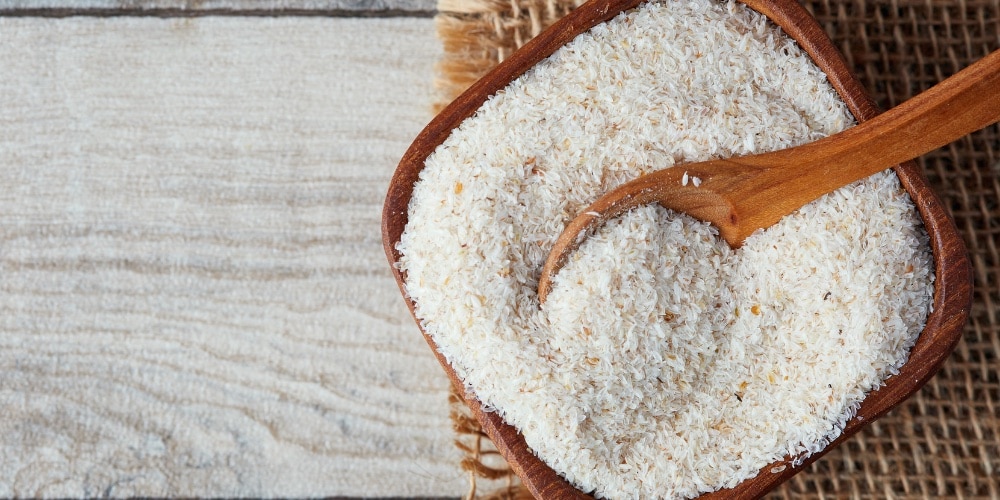- Category:
- Cats
- Health advice
Date:
Dear Katie, should I feed raw or renal cat food?
I have a 12-year-old cat that has started to lose weight, and the vet suspects kidney disease. Is it correct that they can no longer have a protein-based diet? And should I feed raw or renal cat food?
Cats are obligate carnivores which, in short, means they need protein to survive. That’s why many pet parents are confused when they’re told to manage kidney disease with a low protein renal cat food – seems like a contradiction, right? I know it’s easy to feel lost, but, put simply, the approach you take should depend on the stage your feline’s condition has reached. Let’s delve a little deeper:
Raw vs renal cat food
In the early stages (normally 1-3), what matters for cats with kidney disease is not low protein but quality protein. The kidneys may not be digesting protein as well as they once did, so every mouthful counts. Our fresh cookable range for cats is ideal as it’s packed with premium protein and superfoods. These complete, whole food meals can be served raw or cooked, so they’re excellent for fussy eaters.
When treating cats with kidney disease, vets frequently recommend switching to prescription renal cat food – this tends to come dry or canned. Typically, renal cat food is over-processed and not very palatable, so switching to it often leads to felines refusing meals (which we don’t want). While possible, I’d just adjust a natural, non-prescription diet to suit your cat’s needs.

A whole food diet is also preferable to renal cat food due to its moisture content. Hydration is critical for felines and is the number one nutritional factor in the management of kidney disease.
As desert-evolved mammals, cats have inherited a very low thirst drive. Feeding a dry diet of 8% moisture does not help maintain hydration or support the flushing of the kidneys. In comparison, a natural whole food diet is around 70% moisture and will do a much better job of keeping your friend hydrated. If you’re not keen on a fresh diet and your cat’s dry fed, it’s best to at least switch to a wet diet.
Every mouthful counts
As they age, cats lose the ability to utilise the nutrients in their bodies fully, so the quality of ingredients we feed matters. In the case of our obligate carnivores, this means feeding meals rich in top notch, meat-based protein rather than grains, as the digestive tract of a cat is not designed to break down and absorb plant material.
As I mentioned earlier, feeding first-rate protein matters even more when treating kidney disease. This is because the condition prevents the proper digestion of protein, so what little your cat does digest needs to be high calibre. With this in mind, I suggest avoiding the standard cat food found in the supermarket, which is often stuffed with fillers, low-grade meat, and preservatives.
In addition to quality we need to think about quantity.
Weight loss occurs in older cats as their kidneys can no longer filter the blood effectively, and the body draws on protein reserves such as the muscles for fuel. To replace these losses and maintain a healthy weight, cats upwards of 10 years of age have a higher calorie demand. This is why, whichever diet you choose to feed, it’s vital to monitor your feline’s weight and increase the daily feeding amount if needed.

Tips to help cats with kidney disease
Adding extra water to your cat’s diet helps ensure they stay hydrated. The majority of felines are not keen on tap water due to the chemicals it contains – their ability to detect these varies depending on whether your water is soft or hard. Instead, you could try a cat water fountain, as many like drinking from running water. Rain water is another popular pick, so you could collect and provide this water or use bottled water.
Felines can become really picky if they feel unwell. Having some pre-prepared bone broth that can be warmed and diluted may help hydration and add electrolytes to keep your cat feeling well.
Cats with kidney disease can benefit from some extra fibre in their diet, too. Feeding fibre in the form of psyllium husks and seeds will promote the growth of good bacteria in the digestive system. These beneficial colonies can decrease the amount of waste the kidneys must work to excrete, easing the pressure on your friend’s body.

Here are some other supplements that may aid cats with kidney disease:
- Omega-3 – the kidneys benefit from omega-3 as it reduces inflammation. We use krill in our recipes – it’s a highly bioavailable source of omega-3.
- Water-soluble vitamins – adequate levels of B vitamins will ensure excess is not lost through urination.
- Antioxidants – oxidative damage can speed up the progression of renal disease. Krill is brilliant as it contains a powerful antioxidant called Astaxanthin.
*It is worth noting that you should consult your vet before adding any supplements to your cat’s diet.
As I outlined in this guide, feeding renal cat food isn’t always necessary in the early stages. However, later-stage kidney disease may call for more restrictive feeding guidelines. At this point, you will need to discuss dietary options with your vet or a qualified nutritionist, who may suggest a prescription diet.
I hope these tips improve your cat’s quality of life and you find the best diet to suit her needs.
Katie x
